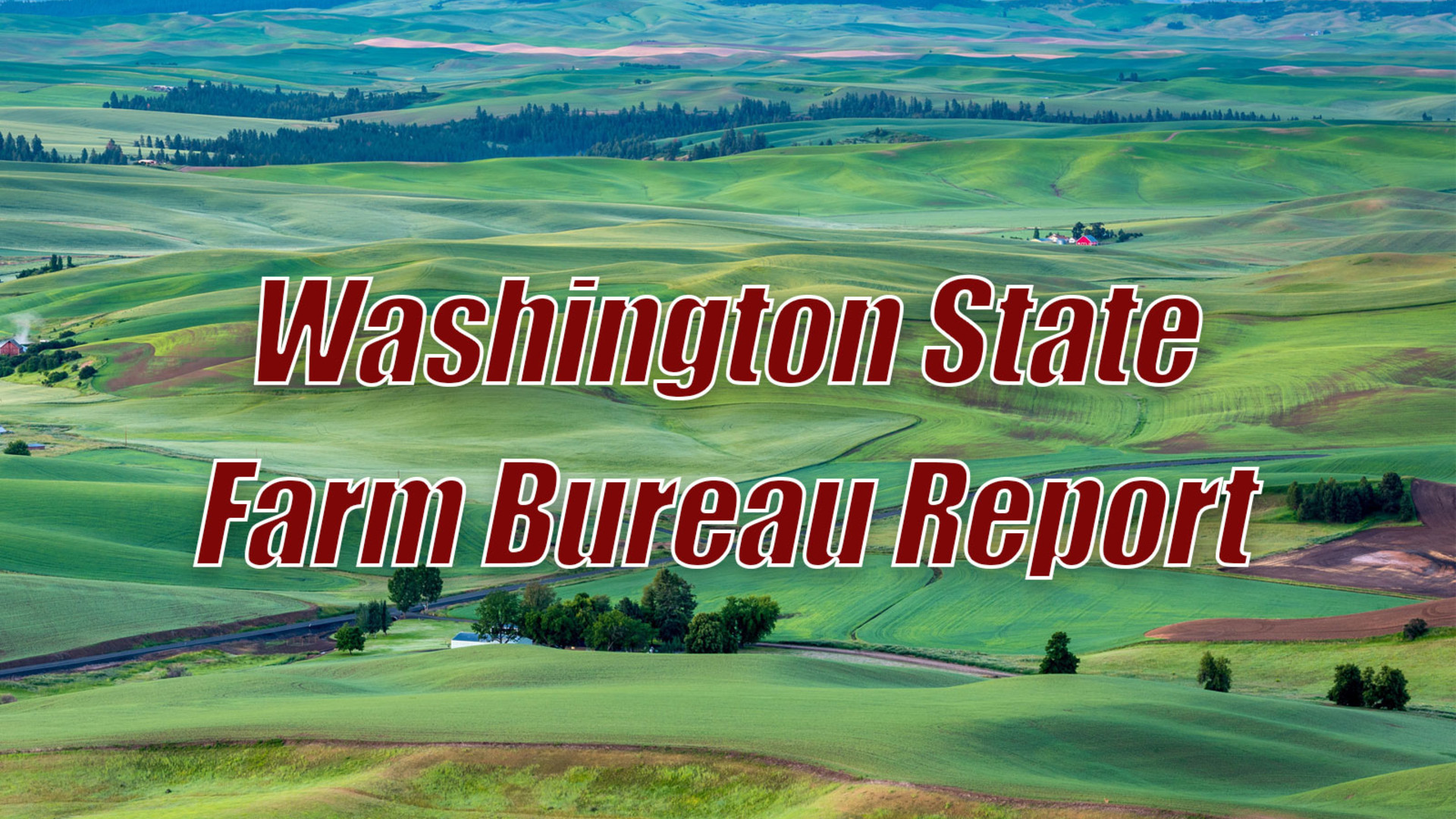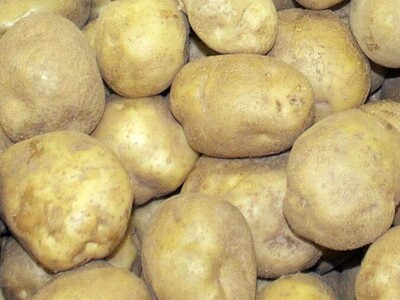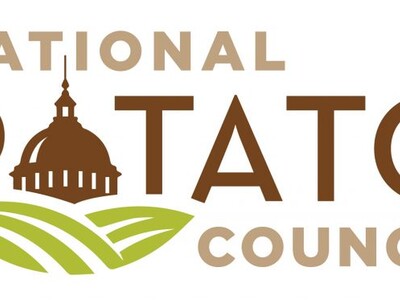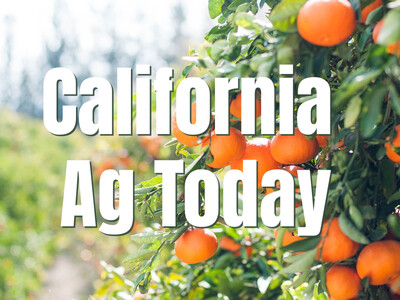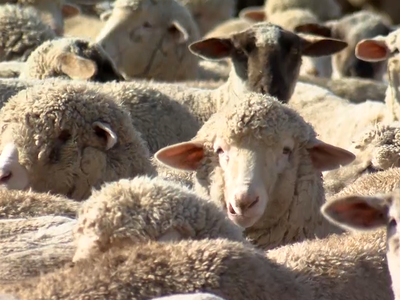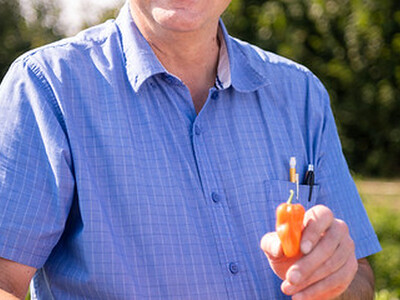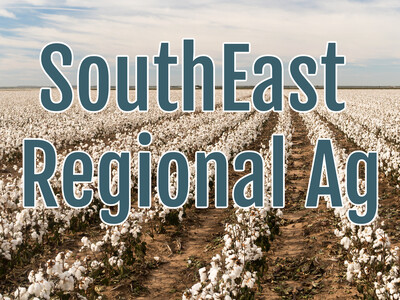Stream-Side Protection
Stream-Side Protection
I’m Lacy Gray with Washington Ag Today.
Beginning July 1, 2014 the Department of Ecology will be increasing levels of stream-side buffer widths required for Water Quality Programs and loans due to new EPA requirements being put in place in order to protect and restore salmon fisheries and achieve water quality standards. Buffer zones for surface waters being accessed, or were historically accessed, by ESA listed fish will be increased to a 100’ minimum buffer width west of the cascades and a 75’ minimum buffer width east of the cascades. Jack Field, Executive Vice President of the Washington Cattlemen’s Association, addresses concerns being felt by some landowners over the impending changes.
FIELD: EPA is in the process and they’ll be implementing new buffer requirements that will come into play for individuals that accept any federal dollars. It’s important first for people to understand where the strings are that are associated with the funding. It’s very important that landowners understand when they sign up for a grant or when they accept cost share that they understand and assess their own level of comfort - their level of risk, and make an educated decision on what programs, if any, they will participate in, because the great fear would be if you cost shared today - you develop offsite water, and then July 2nd - the knock on the door - EPA says “we see you signed a contract, as a result we want a buffer.
Field says a lot of landowners’ concerns revolve around NRCS dollars.
FIELD: The concern that the livestock industry has is that these ties will be made to NRCS, thus effectively tying the hands and probably stopping a lot of the great work that the NRCS has done through programs like EQIP. If a producer has a question, the conservation districts would be a great first stop to make.
That’s Washington Ag Today.
I’m Lacy Gray on the Ag Information Network.


